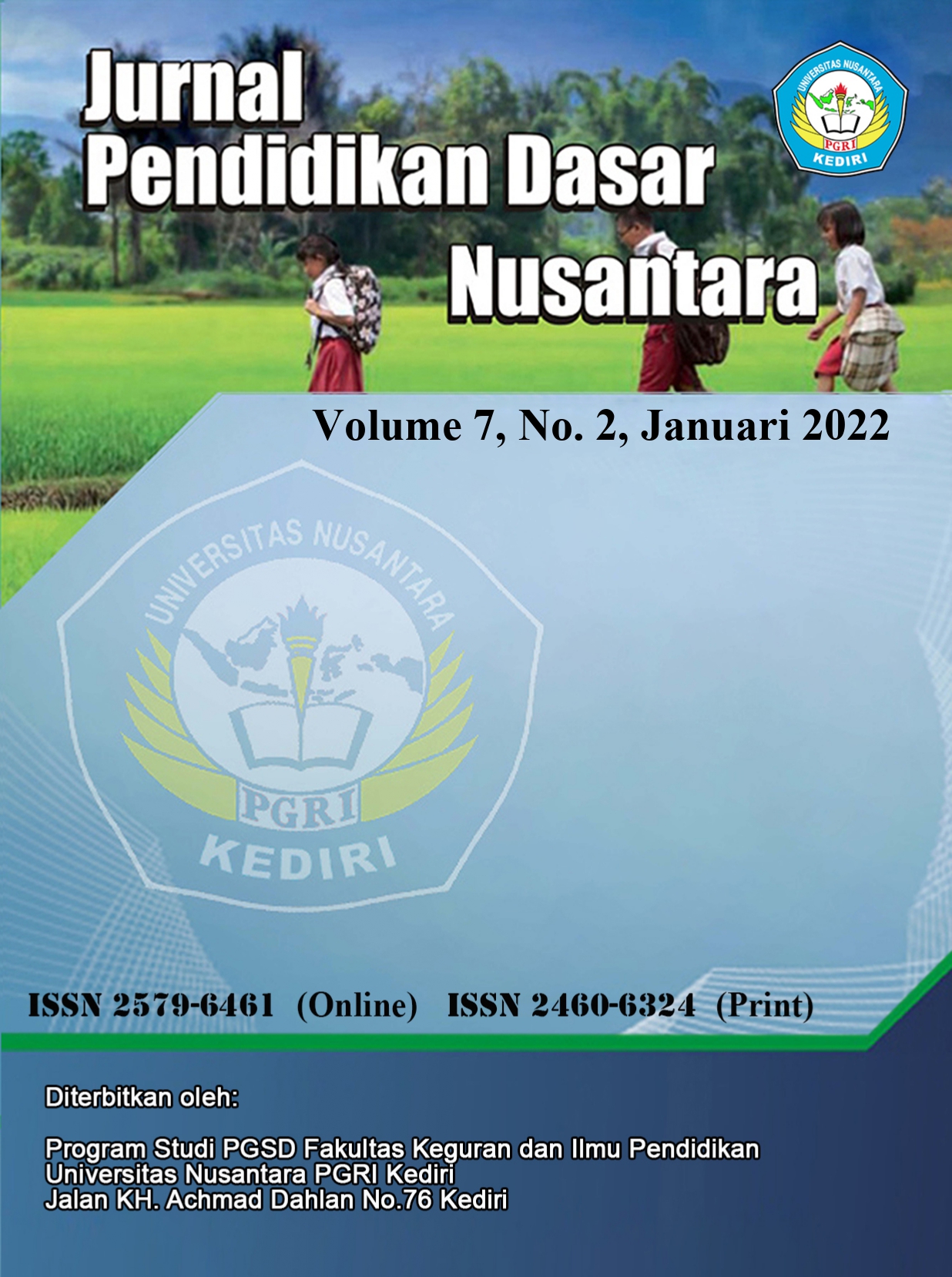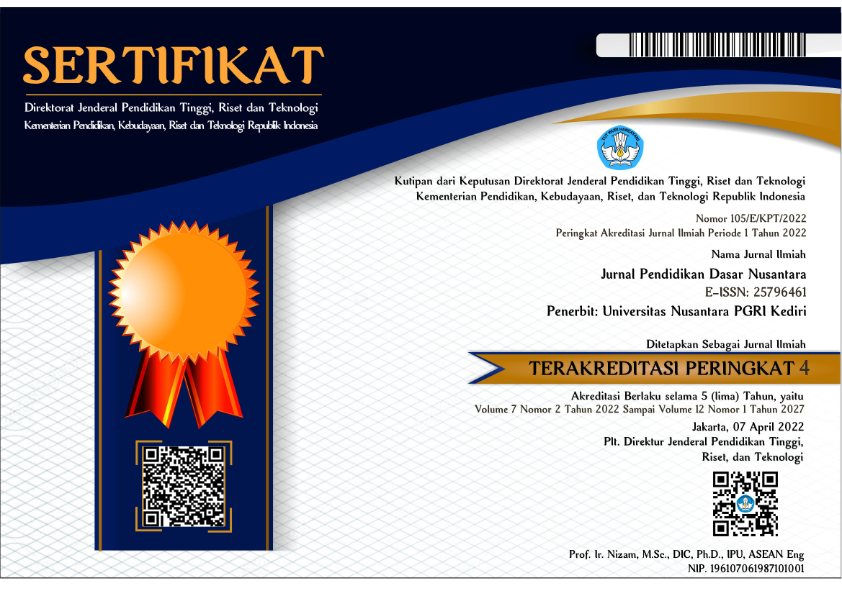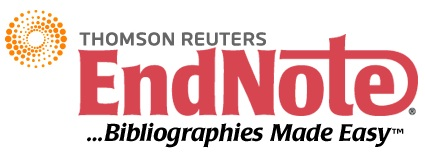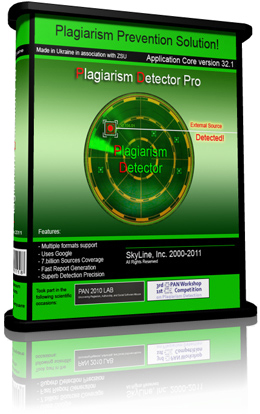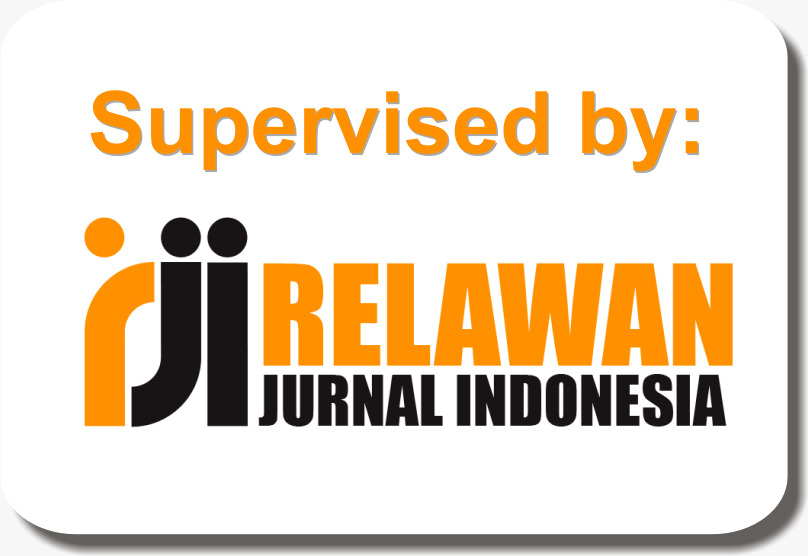Application of stem-based on flipped learning in natural sensitivity courses
DOI:
https://doi.org/10.29407/jpdn.v7i2.16638Keywords:
STEM, flipped learning, nature sensitivity.Abstract
The research aims to describe the application of flipped learning-based STEM in Sensitivity to Nature courses for PGSD students. The method used in this research is descriptive qualitative. The research data is described in the form of a description that describes the application of STEM-based on Flipped Learning in Sensitivity of Nature course. The application of STEM-based flipped learning in Sensitivity of Nature courses is carried out in 4 phases, the independent learning phase through LMS, the phase of completing assignments in the online class, the discussion phase in the online class, and the understanding test phase in the class through the LMS. STEM components are mapped based on the constituent subjects of STEM, science, technology, engineering, and mathematics. The results of mapping become a reference in the preparation of lecture materials and activities. The results of this study imply that the application of STEM-based flipped learning can be applied to courses that have a relationship with STEM subjects.
Downloads
References
Basal, A. 2015. The implementation of a flipped classroom in foreign language teaching, Turkish Online Journal of Distance Education, 16(4): 28–37 https://www.researchgate.net/profile/Ahmet-Basal/publication/282890539_The_Implementation_of_A_Flipped_Classroom_in_Foreign_Language_Teaching/links/562f892f08ae4742240afa61/The-Implementation-of-A-Flipped-Classroom-in-Foreign-Language-Teaching.pdf
Basham, J.D. & Marino, M.T. 2013. Understanding STEM Education and Supporting Students through Universal Design for Learning. Sage Journals, 45(4):8-15 https://journals.sagepub.com/doi/pdf/10.1177/004005991304500401
Bergmann, J., & A. Sams. 2012. Flip Your Classroom: Reach Every Student in Every Class Every Day. United States: The International Society for Technology in Education (ISTE)
Bishop, J. L., & Verleger, M. A. (2013). The Flipped Classroom: A Survey of the Research. 120th American Society for Engineering Education Annual Conference and Exposition, 30, 1-18 https://strategy.asee.org/22585.pdf
Damayanti H.N. & Sutama. 2016. Efektivitas Flipped Classroom Terhadap Sikap Dan Ketrampilan Belajar Matematika di SMK. Jurnal Managemen Pendidikan. 11(2): 2-8 https://journals.ums.ac.id/index.php/jmp/article/view/1799/1251
Enfield, J. 2013. Looking at the impact of the Flipped Classroom Model of Instruction on Undergraduate Multimedia Student at CSUN. TechTrends. 57(6): 14-18 https://link.springer.com/article/10.1007/s11528-013-0698-1
Hamdan dan Knight, M. 2013. A Review of Flipped Learning. Virginia: George Mason University
Holmes, E.A., Arntz, A., & Smucker, M.R. 2011. Imagery rescripting in cognitive behaviour therapy: Images, treatment techniques and outcomes. Journal of Behavior Therapymand Experimental Psychiatry, 38: 297–305. www.elsevier.com/locate/jbtep
Ilgu, A. K., Cherrez, N. J. dan Jahren, C. T. (2017). A Systematic Review of Research on The Flipped Learning Method in Engineering Education. British Journal of Educatiobal Technology, 00(00), 1-14.
Johnson, G.B. 2013. Student Perceptions of The Flipped Classroom. Columbia: The University of British Columbia
Lo, C.K., & Hew, K.F. 2017. A critical review of flipped classroom challenges in K-12 education: Possible solutions and recommendations for future research. Research and Practice in Technology Enhanced Learning, 12(1)
Lou, S.J., Iu, Y.H., & Shih, R.C. 2011. The senior high school students’ learning behavioral model of STEM in PBL. International Journal of Technology and Design Education, 21(2): 161-183,
https://link.springer.com/article/10.1007/s10798-010-9112-x
Khan, W. dan H. Ullah. 2010. Scientific Reasoning: A Solution to The Problem of Induction. International Journal of Basic &Applied Sciences IJBAS-IJENS. Vol 10(3) http://ijens.org/105303-9595%20IJBAS-IJENS.pdf
Miles, M.B. & Huberman. A.M. 2005. Qualitative Data Analysis (terjemahan). Jakarta: UI Press.
Maolidah, I.S., Ruhimat, T., & Dewi, L. 2017. Efektivitas Penerapan Model Pembelajaran Flipped Classroom Pada Peningkatan Kemampuan Berfikir Kritis Siswa. Edutechnologia, 3(2): 160-170
https://ejournal.upi.edu/index.php/edutechnologia/article/view/9147/5684
Moore, T., Stohlmann, M., Wang, H., Tank, K., Glancy, A., & Roehrig, G. (2014). Implementation and integration of engineering in K-12 STEM education. In S. Purzer, J. Strobel, & M. Cardella (Eds.). Engineering in Pre-College Settings: Synthesizing Research, Policy, and Practices. West Lafayette: Purdue University Press.
Subagia, I.M. 2017. Penerapan Model Pembelajaran Flipped Classroom Untuk Meningkatkan Prestasi Belajar IPA Siswa Kelas X AP 5 SMK Negeri 1 Amalapura Tahun Ajaran 2016/2017. LAMPUHYANG, 8(2):14-25
Torlakson, T. 2014. Innovate: A Blueprint for Science, Technology, Engineering, and Mathematics in California Public Education. California: State Superintendent of Public Instruction.
Wijayanti, L. 2018. Buku Pedoman Akademik PGSD. Surabaya: Tidak dipublikasikan.
Zhou, G. Q., & Jiang, X. F. 2014. Theoretical research and instructional design of the flipped classroom. In Applied Mechanics and Materials Trans Tech Publications Ltd 543:4312-4315 https://www.scientific.net/AMM.543-547.4312
Downloads
Published
Issue
Section
License
Authors who publish with this journal agree to the following terms:
- Copyright on any article is retained by the author(s).
- The author grants the journal, the right of first publication with the work simultaneously licensed under a Creative Commons Attribution License that allows others to share the work with an acknowledgment of the work’s authorship and initial publication in this journal.
- Authors are able to enter into separate, additional contractual arrangements for the non-exclusive distribution of the journal’s published version of the work (e.g., post it to an institutional repository or publish it in a book), with an acknowledgment of its initial publication in this journal.
- Authors are permitted and encouraged to post their work online (e.g., in institutional repositories or on their website) prior to and during the submission process, as it can lead to productive exchanges, as well as earlier and greater citation of published work.
- The article and any associated published material is distributed under the Creative Commons Attribution-ShareAlike 4.0 International License

